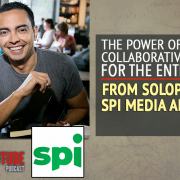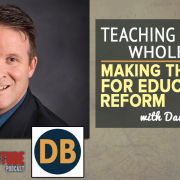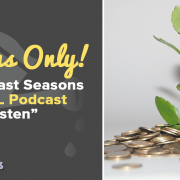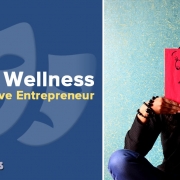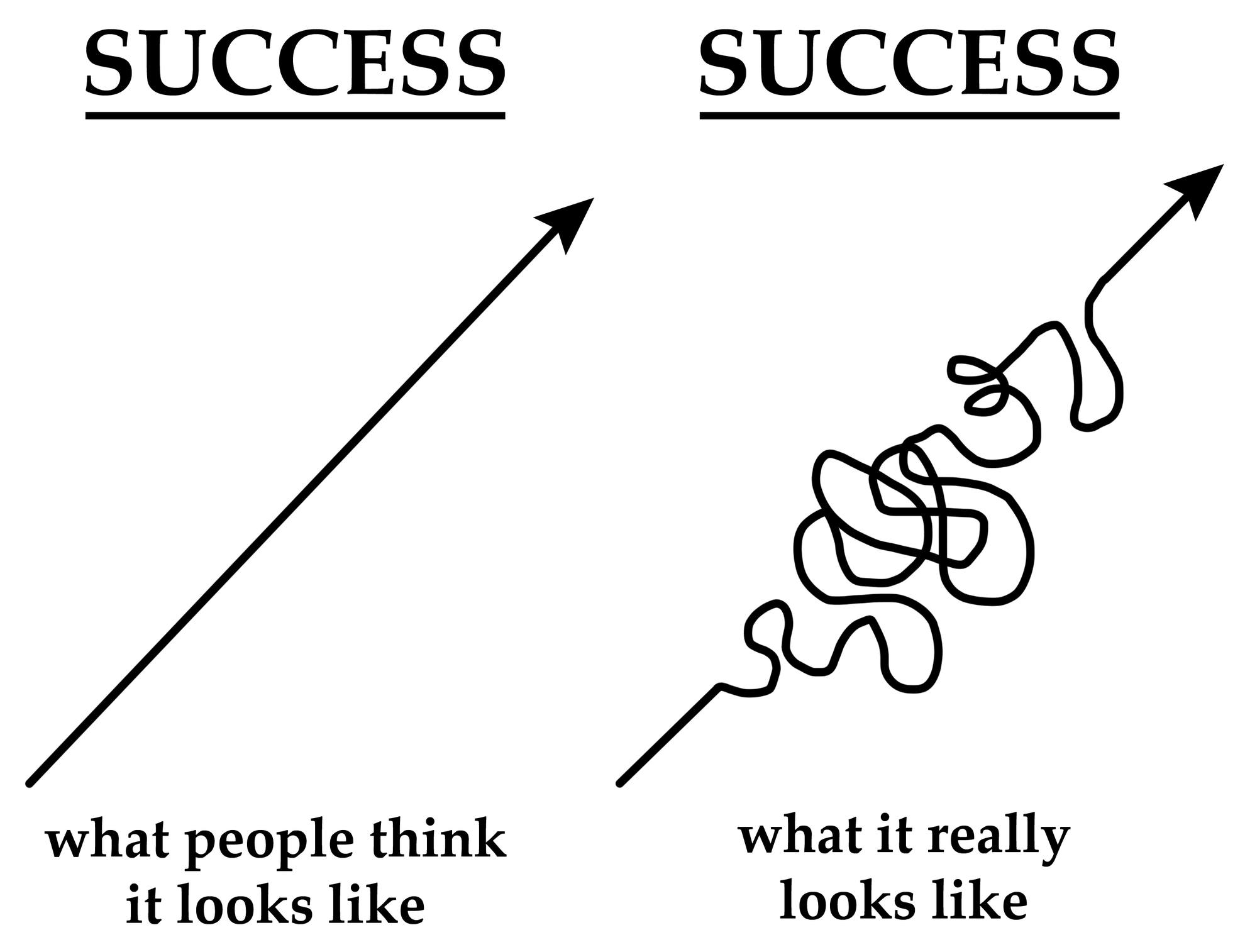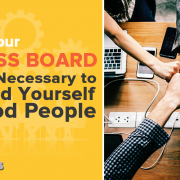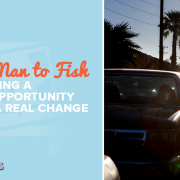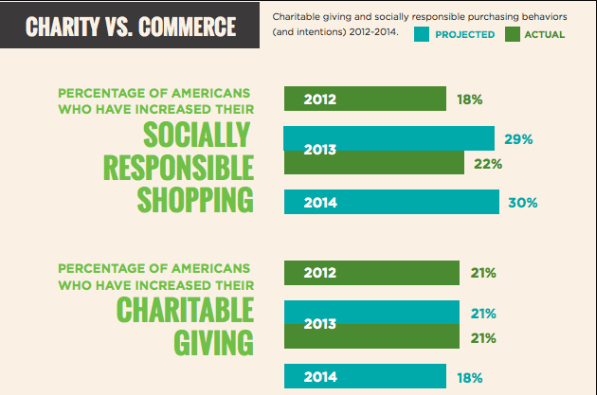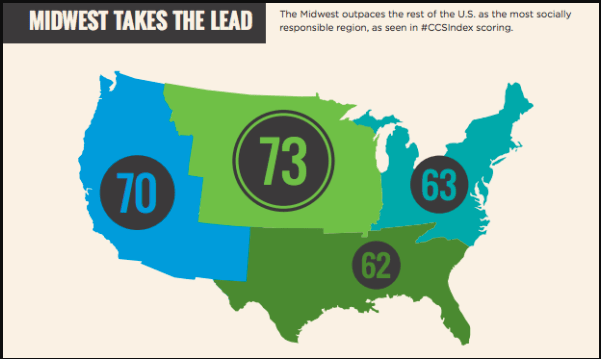Pat Flynn – The Power of Collaborative Teamwork for the Entrepreneur: From Solopreneur to SPI Media and Beyond (AoL 200)
In the last session, I brought up the books Key Person of Influence and OverSubscribed both written by Daniel Priestley and one thing that these books have made is that the dream of the solopreneur is a pipedream. In fact, as a business owner, we need to seek collaborative teamwork as soon as possible.
And, as I’ve been telling people in my day to day life, I think these books are as vital to someone’s success as an entrepreneur as Rich Dad, Poor Dad and The E-Myth Revisited are. Sure, you can go without reading any of these books… but I highly suggest you don’t pass them over.
For the longest time, today’s guest might have been considered the Ultimate Warrior of Solopreneurship. In fact, for much of its history, Smart Passive Income (SPI) featured Pat Flynn as the Crash Test Dummy of Online Business. And if he could start a six figure passive income business on his own, anyone could.
But here’s the thing. For several years now, he’s been part of a team. Sure, he’s been the head of creative at SPI, but he’s been part of a team.
And I have to admit, when that transition happened out of the blue, I (and I’m sure plenty of others) felt left behind.
But as you’ll hear, when he joined forces with Matt Garland and his team, things completely changed. The power of collaborative teamwork began changing his business and his life.
Listen in as Veronica and I hear about his Pat his journey of leaving the legend of the great solopreneur behind to join his own team of Avengers.
I think it’s a lesson we all have to hear moving forward.
Enjoy!
SPECIFICALLY, YOU’LL FIND OUT MORE ABOUT:
- If Pat was the main protagonist of a Disney movie, how would it start? 13:42
- What made Pat finally start his podcast? 18:39
- What factors does Pat believe give his show staying power? 21:34
- When it comes to SPI, who is Jess and how did her getting involved with the brand open doors to what it is today? 24:34
- What were the indicators that it was time to start growing the SPI team? 27:36
- How did Pat meet Matt Garland originally? 31:09
- What tactics does SPI use to keep everyone working in their strengths? 35:01
- What were some of the takeaways Pat had after doing the Income Stream daily for an entire year? 37:17
- After doing the Income Stream for a year, does he prefer podcasting or the live stream? 40:39
- How can someone realize when the business is ready for the solopreneur to take a step back? 42:37
- How do you know it’s time to embrace collaborative teamwork? 45:54
- Where does Pat see entrepreneurship after the pandemic and what does he want to do more of? 48:49
- Who are Pat’s top 3 influential people who have helped him get to where he’s at today? 53:37
- Who would cause Pat to be starstruck if he had the chance to interview them? 54:20
- What’s the biggest plot twist Pat has seen in his professional life? 55:50
- If Pat was sent back to January 1st 1990, what would he do to prepare? 59:40
- How can someone be a difference maker in their community? 1:01:57
ITEMS and PEOPLE MENTIONED IN THIS EPISODE:
Pat Online: SPI, Personal Website, Facebook, LinkedIn, Twitter, Instagram, YouTube
Cohost: Veronica Kirin
Powered By: SPI Pro
Pat’s 100th episode
Cliff Ravenscraft
SPI 115 – Jess comes on to the scene of SPI
Adam Baker – Man vs Debt
Bonusly
Clockwork – Mike Michalowicz
Decisive – Chip and Dan Heath
Ramit Sethi
Michael Hyatt
The Social Dilemma
Right click here and save-as to download this episode to your computer.
SHOW NOTE EXTRAS:
How to Build a Blog in 4 Minutes:
What Pat Learned in 10 Years of SPI:
Pat’s Kids See his Book in a Bookstore
365 Minutes of the Income Stream on Day 365
Thanks for Listening!
Thanks so much for joining us again this week. Have some feedback you’d like to share? Leave a note in the comment section below!
If you enjoyed this episode, please share it using the social media buttons you see at the top of the post.
Also, please leave an honest review for The AoL Podcast on iTunes! Ratings and reviews are extremely helpful and greatly appreciated! They do matter in the rankings of the show, and we read each and every one of them.
If you have any questions feel free to email them over via the email mentioned in the show or by our contact form.
And finally, don’t forget to subscribe to the show on Castbox, iTunes, Stitcher, PodBean, and/or Google Play Music. It’s absolutely free to do so.
A huge thank-you to you guys for joining us!
Cheers!

